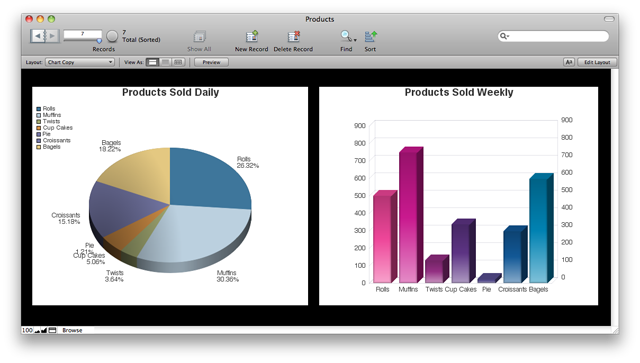
In our current post, we’ll flip this technology on its head. I explained how FileMaker 12’s new fmp:// protocol lets us integrate native web controls and design patterns as full citizens of our Pro and Go visual interfaces. The underlying techniques we’ll be using here repurpose several steps described in my recent blog post Native Web 2.0 Controls in FileMaker 12 Layouts. Or, “How To Create Your Very Own Monster in 4 Easy Steps” Thanks to WorldCloud for use of their FileMaker hosting services, we’re able to offer a live, hosted demo version of this database at: fmp://shared-hosting–2./javascriptGO

Using this new technique, you’ll be able to leverage the vast power of JavaScript - as well as popular JavaScript libraries like jQuery, zepto.js, and underscore.js - to add power, functionality, and excitement to your mobile solutions.Īs usual, a complete demo file is available at the end of this post. This article describes how you can create virtual plugins for FileMaker Go 12 using JavaScript and FileMaker 12’s new fmp:// protocol in your Go solutions - a technique we’ll call “ JavaScript Go”. In FileMaker Go 12, we can now do exactly this. Many developers and users have probably daydreamed of how much better their mobile solutions might be if only they could find some way of extending Go with plugin functionality. Still, the inability to extend Go’s native toolbox through plugins often limits the capabilities and expressiveness of Go solutions. Most of us understand this isn’t an oversight, but rather a basic constraint imposed by the architecture of Apple’s iOS. But sooner or later, almost all of us run up against one of Go’s core limitations: its lack of native plugins.

Go’s ability to effortlessly create data-driven mobile apps and extend existing desktop data applications to mobile users is transformative.


 0 kommentar(er)
0 kommentar(er)
